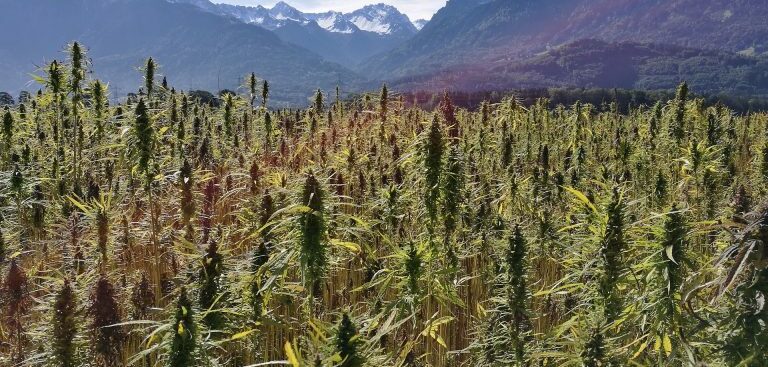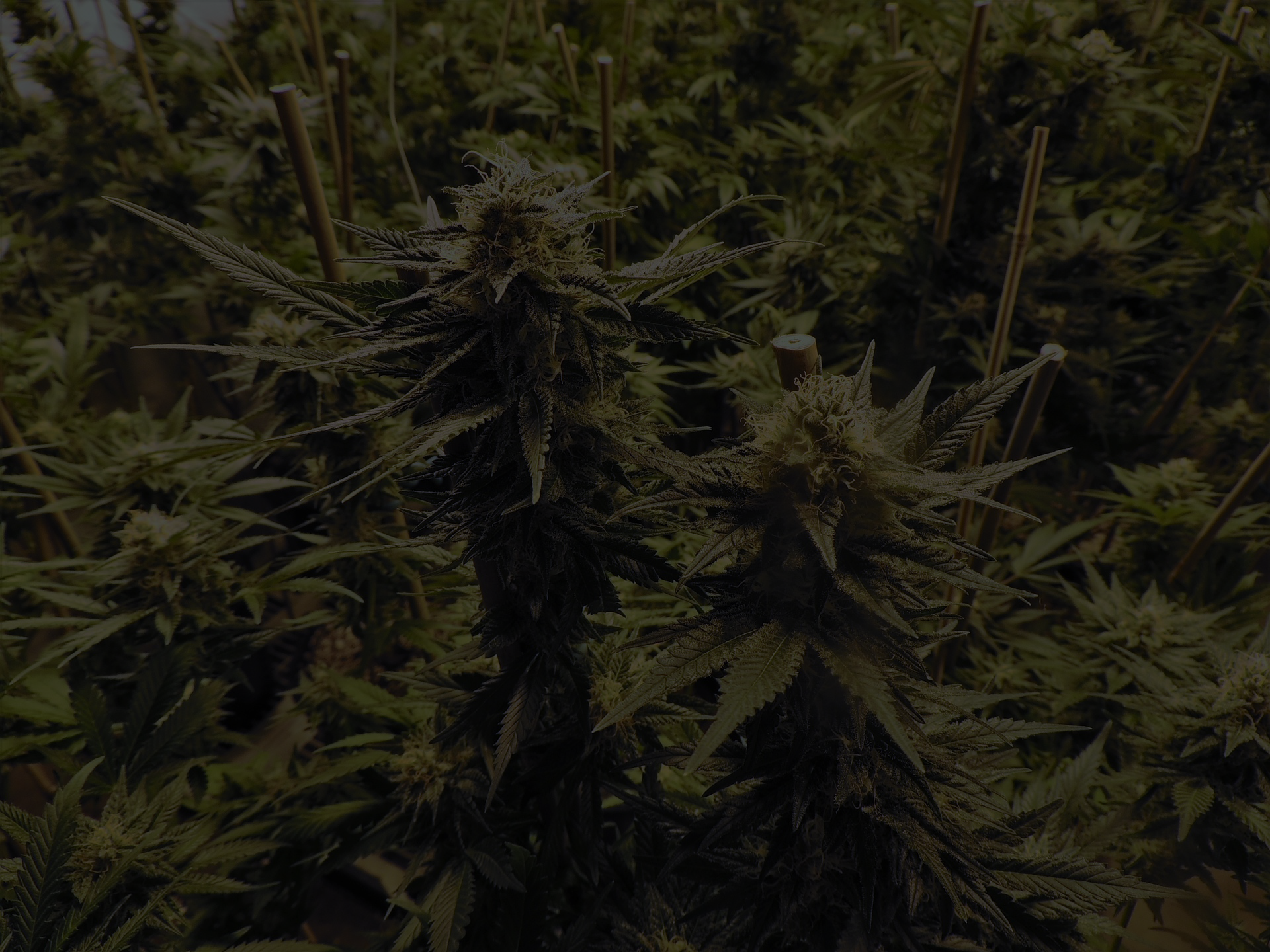Latest
2022 in Review and 2023 Predictions
Thankfully, 2022 is over, and we made it through with our questionable sanity intact. The new year is both a time of reflection and using that experience to plan for the new year. PanXchange had a great year with many of our predictions coming to fruition. However, we were wrong about some things as many many, including us, were expecting a market correction this time last year. Regardless, there is value in both our wins and losses, and we must not cherry-pick the experiences we choose to learn from. Therefore, we want to share our reflections from the past year as well as our 2023 predictions here.
2022 Reflections
To start on a positive note, many of our 2022 expectations occurred, and many of these needed to happen for our long-term market aspirations to bear fruit. For example, fiber planted acreage finally surpassed cannabinoids, which has long been a gauge for the state of the fiber industry. However, the reduction of cannabinoid acres from 15,980 (2021 NASS) acres to 7,877 acres (2022 FSA) is primarily responsible as fiber also decreased from 12,690 (2022 NASS) acres to 8,605 acres (2022 FSA). PanXchange had predicted 12,732 acres for cannabinoids (61% higher than FSA) and 10,237 acres for fiber (19% higher than FSA). Overall, fiber hemp has struggled with acreage procurement due to adverse growing conditions and a relatively high risk of farm production compared to established crops. There is light at the end of the tunnel though as 2023 will be the first year with a minimum of 100,000 tons of fiber processing capacity available, which will require more than 30,000 acres in 2023.
Secondly, we expected cannabinoid acreage would struggle to gain acreage even though Delta-8 and other conversions would demand up to 30,000 acres of cannabinoid production. In the end, it was already too late to procure significant acreages and prices were nowhere near attractive for most growers. We were correct about the struggle for acreage but were surprised by the severe 51% decrease to 7,877 acres in 2022. With biomass at $1.00/lb at the time, we should not have been surprised in retrospect. Overall, this is likely needed so that we may flush out remaining inventories, but one has to wonder what all consequences may come from the current supply situation.
Similarly, we correctly predicted biomass supplies would become scarce in 2022 with prices rebounding by the end of the year, although the timing and extent is later and less than hoped. Owned inventories of biomass and refined products lasted longer than expected, and spot inventories were stretched and blended out much further than expected. Regardless, the spot availability of quality (dry/clean 8% CBD or better) biomass throughout the US is now less than 5 million pounds, and many are starting to look for imports to cover 2023 needs. Prices above $2.00/lb are common now for biomass but have yet to transition to refined products. As of now, winterized crude prices have marginally increased, but our prediction refined product prices increasing has fallen short.
We mentioned earlier that we were wrong about the extent of acreage reductions earlier with fiber failing against adverse growing conditions, farm risk, and cannabinoids failing against atrocious pricing and complacent procurement. We missed grain as well, but for slightly different reasons. Grain also has to deal with risks relating to farm production although northern areas have observed consistent success over the past. However, grain is more price dependent than fiber as hemp grain is often grown in the same areas as other food crops such as beans, peas, and flax, which have all observed price increases over the past few years. Meanwhile, conventional hempseed observed relatively modest price increases of $0.10/lb to $0.70/lb to $1.00/lb. As a result, 2022 grain acreage dropped further than expected to 4,181 acres compared to 8,255 in 2021 and PanXchange’s June 2022 estimate of 7,531 acres.
2023 Predictions
Going forward, we have three primary predictions for 2023. First, we expect that US cannabinoid prices will continue to increase, but cannabinoid acreage will fall short yet again as current values and time ahead of planting work against origination. Second, we expect that fiber acreage and farm production will not be able to meet processor capacity and continue to limit total production. Lastly, we expect grain to emerge as the short-term market leader for industrial hemp as more processors install production and gear up to meet the rising food demand for hemp hearts and other ingredients.
Within the first prediction, we expect raw products like winterized crude and biomass to lead cannabinoid refined product prices to higher in 2023. The market is still flush with more retail-ready products such as distillate and isolates, but quality input materials such as clean pesticide-free winterized crude above 60% CBD have grown increasingly scarce relative to monthly demand. Therefore, we expect prices to increase steadily in Q1, but eventually, this will become a sellers’ market again and prices will move to a higher equilibrium. However, many farmers will need $3.00-$5.00/lb to grow biomass again and it may be too late for them to grow when that price finally occurs. However, imports from have already been traded and offered into the US and have the potential to be the best if not the only option for some manufacturers. In all, we expect large price increases this year but will be capped by competing import values.
Fiber processing being capped by farm production over the next three to five years is not that surprising of a prediction but is a reality we will have to digest to create a mature industry. A farmer’s primary concern is their bottom line, and growing hemp fiber under current genetics and practices presents a massive risk for the vast majority of growers. Include rumors of farmers not getting paid and other stigmas, and one can see why the agricultural community is currently skeptical about growing hemp fiber. Going forward, fiber genetics will be the hardest to refine as they do not have the benefit of historical Canadian production as in hemp grain and are the toughest to scale seed production for. However, the good news is that this guarantees the opposite environment of the gold rush observed for CBD and will allow genetics providers, growers, processors, and manufacturers to scale together at a manageable pace. This may be for the best long-term as many aspects of a complete fiber supply chain remain 3-5 years aways. As a benchmark, 100,000 tons of processor capacity would require at least 30,000 acres of hemp fiber.
Want more in-depth reports covering the US Industrial Hemp Market?


